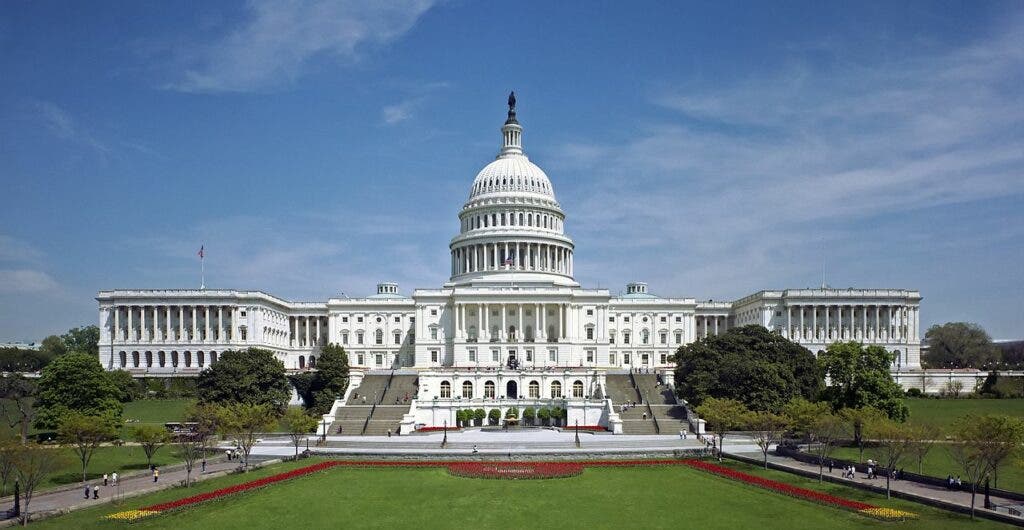The ritual of switching clocks twice a year in the United States might soon become something of the past. The Senate approved unanimously a measure that would make daylight saving time (DST) permanent across the country next year. The bipartisan bill will now have to be approved by the House of Representatives and signed by President Joe Biden.

The bill, also known as the “Sunshine Protection Act,” was originally filed in 2018 and then reintroduced in 2021. If it becomes a law, it would reverse the Calder’s Act, which introduced the twice-a-year Daylight Savings clock-change process in 1918. The move wouldn’t actually happen until November 2023, to give everyone (especially the travel industry) sufficient time to get prepared.
“The good news is that we can get this passed. We don’t have to keep doing this stupidity anymore. Why we would enshrine this in our laws and keep it for so long is beyond me,” Senator Marco Rubio, one of the bill’s sponsors, said on the Senate. “Hopefully, this is the year that this gets done. And pardon the pun, but this is an idea whose time has come.”
The reasoning behind DST
In a nutshell, DST is the period between spring and fall when clocks in most parts of the US are set one hour ahead of standard time. Americans changed their clocks last Sunday. DST was adopted after a wave of European countries embraced the practice in 1916 as a way to save energy during World War I. And it carried on ever since.
In 1966, Congress passed the Uniform Time Act, which unified daylight saving time across the country – or at least most of it. The law states that any state could exempt itself, and several did. Hawaii decided to opt-out of the law, as well as Arizona, staying on standard time year-round. Overseas territories also don’t have DST, such as Puerto Rico and the Virgin Islands.
The US already tried once observing permanent DST in the early 1970s, but the experiment didn’t work. It began in December 1973 when President Ricard Nixon was in office and it ended less than a year later following safety complaints about children having to walk to school in the dark. However, the debate remained ongoing among lawmakers.
DST’s original purpose, to conserve energy based on the amount of sunlight available in a season, has been challenged by the currently electricity-driven- world. Proponents also point out further advantages, such as restaurants and shops having extra daylight in the evenings. However, those against argue it would mean longer hours of darkness for people going to work and for children heading to school.
It’s still unclear whether the House of Representatives, led by the Democratic Party, will take up the measure, although such bipartisan support from the Senate is a good start. President Joe Biden also hasn’t offered his take on whether he would sign such a bill. We’ll have to wait and see, but we might soon be waving goodbye to DTS in the US.


